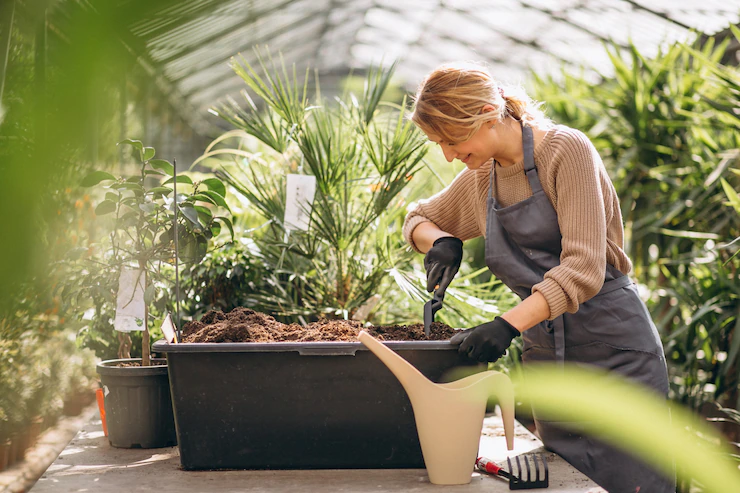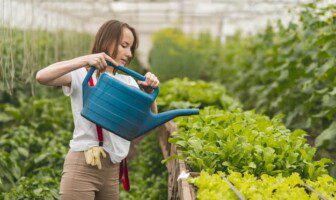
Many green-thumb-gardeners find themselves at an impasse once they’ve mastered gardening basics, leaving many wondering how to maximize their harvests and bolster plant yield. Luckily, increasing your plant’s productivity is a process almost entirely within your control.
If you’re looking for ways to produce more bumper crops and weed out the bummer crops,
Here Are Helpful Tips And Tricks To Optimize Your Garden’s Growth:

1. Use a symbiotic fungi
Fungi additives produce the optimum conditions for plant roots to grow strong, creating healthy, thriving crops that keep on giving. Certain fungi supplements, like the Dynomyco mycorrhizal inoculant, form a symbiotic relationship with root systems, increasing yield long-term.
These active fungal colonies increase the water and nutrient absorbability of the plant while the plant’s roots provide beneficial carbohydrates for the fungi, promoting significant growth.
2. Choose good plants for your climate
Carefully selecting crops that mesh well with your climate and conditions requires less overall work to keep crops healthy than plants with sensitive systems. By taking inventory of native species, reading up on proper care, and utilizing protections for unexpected weather, you can continue to produce high-quality crops.
However, if you live in a tricky climate or want to try out non-native crops, consider investing in a humidity-and-temperature-controlled greenhouse to maintain homeostasis.
Related Resource: 5 Ideas For A Low Maintenance Garden
3. Place slower growing plants in the shade
Summertime heat and humidity work well for some plants, like sweet potatoes, that adore the warmth and prosper in hot, sunny environments. But other plants like dark leafy greens and lettuce prefer to keep things on the cooler, shadier side and too much sun and heat causes them to struggle.
Study up on light-level requirements before planting seedlings, adding shade, or increasing sunlight to maximize your crop yield.
4. Use a rain barrel
In addition to being an excellent water conservation source, rain barrels provide liquid gold for the plants in your garden—and best of all, it’s completely free. Rainwater doesn’t contain the hard-water-producing microminerals found in tap systems, creating the perfect ph for supporting healthy root and plant growth.
Using a rain barrel to collect water is also beneficial to local environments. Natural collections reduce water runoff and assist in keeping yard waste debris and fertilizer out of local bodies of water while reducing soil erosion around your home.
5. Efficiently plan your garden
In addition to planning placement for sun-tolerant and shade-tolerant plants, it’s also wise to carefully schedule crops in order of efficiency and space availability.
Plants need room to grow, and by adhering to spacing recommendations, you can increase per plant yield and cultivate healthier fruits and vegetables. Additionally, grouping plants together allows them to share resources.
6. Use companion planting
For those unfamiliar with the term, companion planting is a design technique aimed at creating a mutually beneficial environment for each plant species. For example, planting basil near tomato plants enhances the fruit’s flavor while protecting tomato plants from insects and harsh sunlight.
Wrap up
By following the tips listed above, you can capitalize on yield growth, encouraging existing plants to produce hefty, healthy crop loads. At the end of the day, careful attention and care will make the most significant difference, so be ready to prune and prime daily.
Read Also:




























